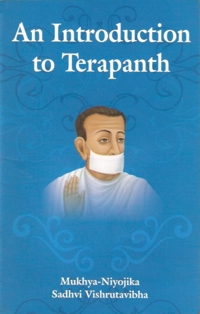Acharya Bhikshu’s ideas about dana flow from the distinction he made between social duty and lokottara dharma. He made a demarcation between temporal or social and external or spiritual forms of dana. A prevented view about dana prevailed during his time. It advocated that re-birth in heaven could be attained in the next life through charity and compassion. However, Acharya Bhikshu asserted that laukika dana is a social duty and is performed for social co-operation. It is only a temporal dana. He asserted that since social duties and many types of charity involve some himsa, they cannot be considered lokottara dharma. According to Acharya Bhikshu, spiritual dana was concerned with spiritual purity of the giver, that material to be given and the recipient of dana. The spiritual dana which is nirvadya (i.e. free from bondage of sinful karma) must have three characteristics----
- The recipient must be a true ascetic (observing the five great vows viz., non-violence etc.).
- The material to be given to the ascetics should be pure, i.e., free from the blemishes of the alms-giving.
- The intention of giver should be pure. i.e., free from any kind of passions
They who consider social charity as lokottara dharma do not understand the right meaning of lokattara dharma.
 Sadhvi Vishrut Vibha
Sadhvi Vishrut Vibha

